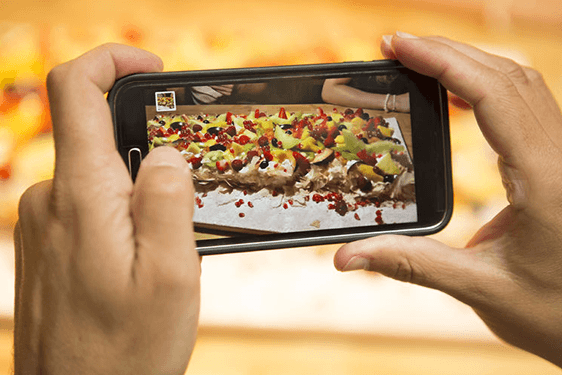Photography is an interesting and creative skill to have. Photography has changed so much since its invention – you’ll be surprised at just how much it has changed.
Until recently, taking photos meant hoping that what you saw in the viewfinder of the camera would be replicated on the printed photo.
You took photos until the film reel was full, you carefully took it out from the back of the camera so as not to expose it to light and sent it off to be developed. In the height of summer, when everyone sent their holiday films to be developed, you could wait up to two weeks before your photos arrived.
And then pharmacies started their ‘hour developing’, meaning that no longer did you need to wait weeks for your holiday snaps to be returned only to find that out of a role of 27 photos, only two or three were any good.
Today, we live in a very different world of photography.
The concept of photography
As a concept, the art of capturing a moment in time has been around since the 5th Century but it wasn’t until the creation of the camera obscura in the 11th Century that photography was really born.
But the 11th Century camera didn’t take a snapshot but rather reflected an image on another surface. And it was upside down. But the basics were there…
1830s
In the 1830s, Joseph Nicephore Niepce used a pewter place, light and bitumen, and the camera obscura to capture the first recorded image that did not fade.
This success led to all kinds of changes and experiments;
- Daguerreotype – this was the use of copper plate coated with silver to capture a moment in time. It relied on exposure to light and the reaction with iodine vapour as well as the copper plates. It took 15 minutes to capture the shot – imagine holding the same pose for a quarter of an hour.
- Emulsion plates – these came next and were used mainly for portrait photography. There were two types – tinplate and ambrotype – and instead of posing for 15 minutes, these wet plates took only two or three seconds of exposure to capture the photo.
Dry plates
From the 1870s onwards, photography came on leaps and bounds with the development of the box camera. This was the start of what many of us remember as 35mm but this didn’t come about until the 1940s.
However, by the mid-20th century, photography was no longer just for those who could afford the expensive and very big cameras. With the box camera, ‘ordinary’ people could start to take their own photos.
Photography and war
The world has seen and continues to see, conflict and war. The Second World War was a major conflict that changed the course of human history and in more ways than you think.
For example, the closed-circuit television (CCTV) that many of us rely on to keep our homes and businesses safe, as well as monitor manufacturing processing and production lines, was first used during WWII.
The Germans wanted to monitor the take-off process of the V2 rockets that they planned on sending over the London and did so with what we now know as CCTV.
The smaller, 35mm cameras were used widely by both war photographers during WWII and some troops too that captured the horrors of war. During this time, photography and tools we used, including film, rapidly developed to capture in black and white the human story behind the war.
Image control
With film the main vehicle for capturing images, it wasn’t long before it started to be refined.
The introduction of colour in the late 1960s and 70s meant that we started to have an appreciation for image control, although some of these early colour photographs presented us with some rather odd colour combinations!
From the 1950s onwards, the pace of change in the world of photography was huge with Pentax and Nikon coming to the market as major photography equipment brands.
As well as developing the SLR models, Polaroid was also pushing the boundaries of instant photos with their cameras. Although expensive, it started the idea that taking photos didn’t need to be something that we needed to wait for results.
The digital age

But today, many of us are taking selfies and snapping away on our digital cameras, using Photoshopping software to make subtle changes to the final photo.
Cameras are everywhere. They are small, powerful cameras on our phones and small cameras that we take on our travels with us.
Kodak produced the first film-less camera in 1991 and since then, we haven’t looked back. And people are enjoying photography too. And if you do, you too may want to enrol onto one of the many photography courses online on offer.
